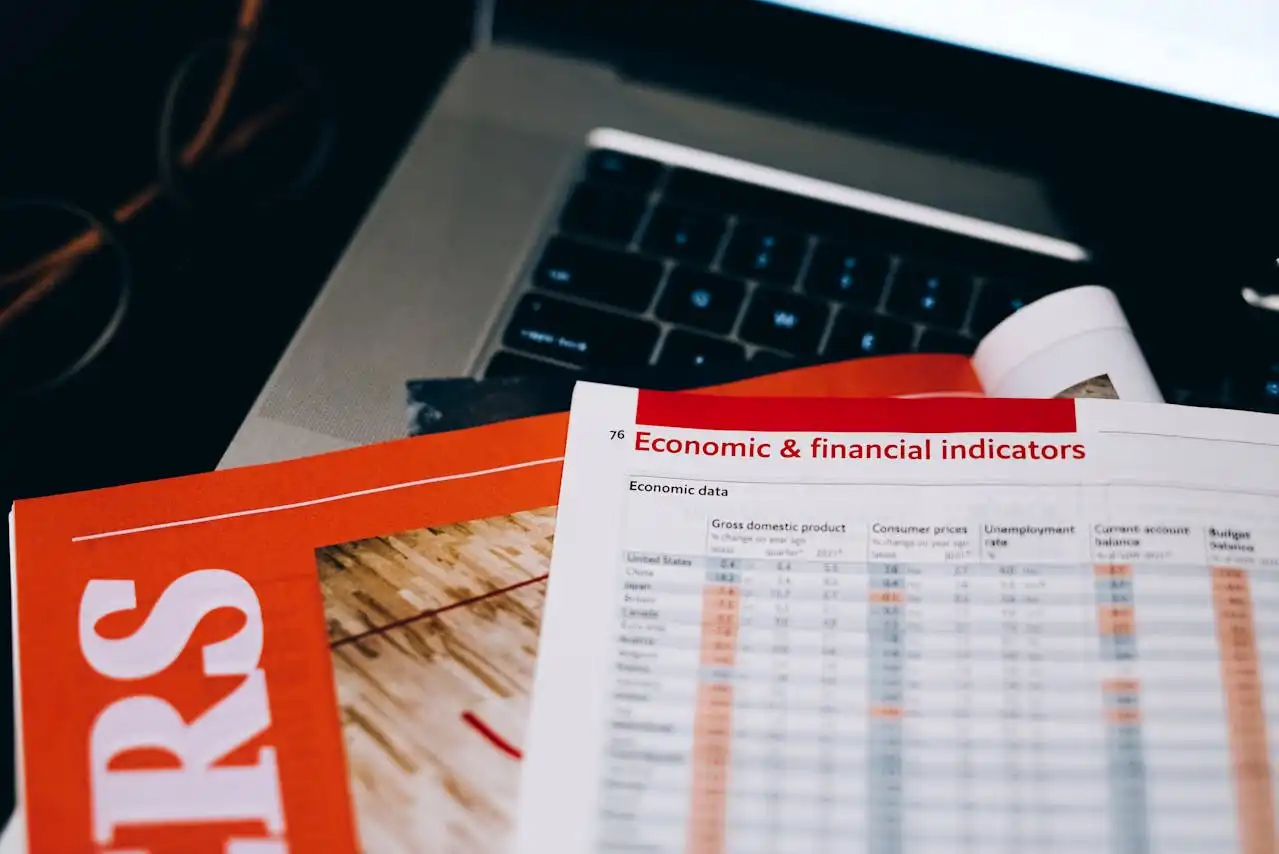GDP (Gross domestic product) is frequently alluded to as the “heartbeat” of a country’s economy. It serves in as a critical mark of financial wellbeing, estimating the total worth of all labour and products created inside a country over a particular period, regularly a year. For a country with a dynamic and various economy such as India, understanding Gross domestic product is essential to grasp a more extensive image of its monetary advancement and difficulties.
What is Gross domestic product ?
Gross domestic product addresses the financial worth of every finished goods and services created inside a nation’s boundaries during a given period. It incorporates everything from the items made in plants to the services presented by experts like specialists and educators. Gross domestic product mirrors the financial movement of a country and in many cases is used to compare economies of various nations or to examine an economy’s development after some time.
In straightforward terms, Gross domestic product responds to a basic question: How much financial result is a nation creating? For instance, India’s Gross domestic product in 2022 was more than $3.5 trillion, making it perhaps of the biggest economy on the planet. In any case, Gross domestic product isn’t simply a number; it mirrors the creation of labour and products that work on the personal satisfaction, create business, and increase wealth.
Parts of Gross domestic product
There are four principal parts that make up Gross domestic product:
Consumption: This relates to the all-out spending by families on services and products. In India, family utilization assumes a critical part, particularly with its huge populace. Spending on basics like food, lodging, and transportation, as well as optional things like machinery or extravagance merchandise, adds to Gross domestic product.
Investment: Investment refers to the expenditure on capital merchandise that will be utilized for future creation. Investment for education, machinery, and structures come under it. For example, the development of streets, bridges, or processing plants across India adds to the country’s Gross domestic product, as these activities lead to long term financial development.

Government Spending: This includes all-out consumption by the government for public labour and products. Spending on education, medical services, military, and roadways improvement all add to Gross domestic product. In India, enormous scope government schemes like the Pradhan Mantri Awas Yojana (housing for all) or Swachh Bharat (Clean India) are huge contributors of Gross domestic product development.
Net Export: This is the contrast between a nation’s exports and imports. At the point when a nation exports than it imports, it adds emphatically to Gross domestic product. India’s products of merchandise like textiles, software services, and Medicinal drugs are key supporters of Gross domestic product. In any case, India additionally imports huge amounts of oil and hardware, which can adversely influence Gross domestic product.
For what reason is Gross domestic product Significant?
Mark of Monetary Wellbeing: Gross domestic product is viewed as an essential benchmark of a country’s financial health. A developing Gross domestic product demonstrates an expanding economy, where creation and business are rising. Then again, a contracting Gross domestic product could flag financial issues, like downturn or stagnation.
Way of life: Despite the fact that Gross domestic product doesn’t quantify expectations for everyday needs, it is many times utilized as an intermediary. A higher Gross domestic product typically implies more assets are accessible for public consumption like education, medical services, and infrastructure, which can improve personal quality of life.

Government Strategy: Policymakers use Gross domestic product to direct monetary choices. For example, when Gross domestic product development falls back, legislatures might execute improvement estimates like tax reductions or increased public spending to stimulate monetary activity. Alternately, assuming that the economy expands and Gross domestic product develops excessively fast, it might prompt inflation, provoking more tight Currency related arrangements from the national bank.
Worldwide Correlations: Gross domestic product considers looking at the monetary presentation of various countries. India’s Gross domestic product places it among the world’s biggest economies, making it an attractive objective for foreign investment and trade associations. By contrasting Gross domestic product, nations can likewise survey their worldwide monetary standing.
Constraints of Gross domestic product
While Gross domestic product is an essential device for estimating financial movement, it has its restrictions.
No accounting for Non-Market works: Gross domestic product doesn’t represent non-market activities like family work or volunteer services. In a nation like India, where an enormous part of the populace is taken part in casual or neglected work, this can prompt an error of real financial health.
Pay Imbalance: Gross domestic product development doesn’t reflect pay imbalance. A rising Gross domestic product could hide the fact that the abundance is being moved in the possession of a few. For instance, while India’s Gross domestic product has developed, pay imbalance remains a problem, with wealth difference among metropolitan and rural regions.

Natural Effect: Gross domestic product doesn’t consider the ecological expenses of financial development. Quick industrialization and urbanization in India have prompted deterioration of nature, however this isn’t reflected in Gross domestic product numbers.
Conclusion
Gross domestic product is a fundamental proportion of a country’s financial strength and action. It gives knowledge into the general wellbeing of the economy, directing both policymakers and financial backers in their choices. For a nation like India, with its different and developing economy, Gross domestic product fills in as a gauge of financial advancement. While Gross domestic product is a significant tool, it should be viewed by different parameters to get a far reaching perspective on the country’s prosperity and long term development potential.







